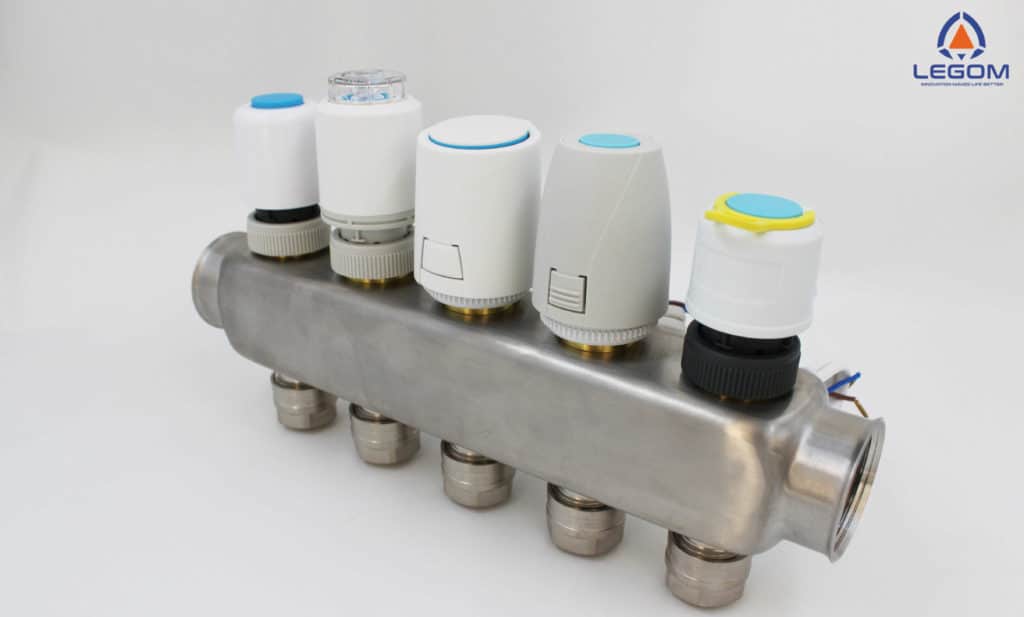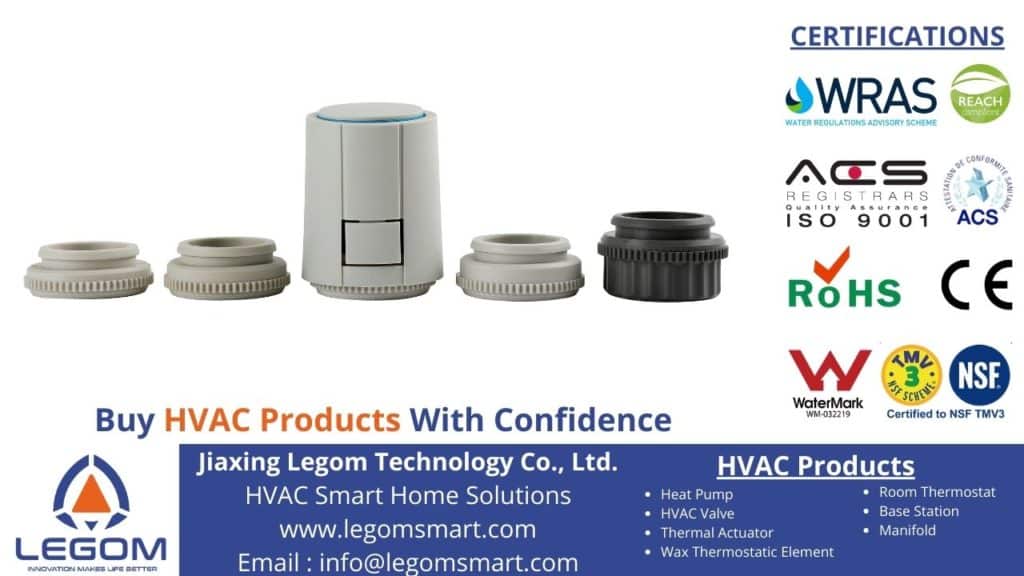
Thermal actuators have now become part of all equipment or machines that require motion energy. Various thermal actuator types become mechanical systems that can create motion according to the expansion and contraction of materials. These materials use a thermal induction process.
We can easily find various types of thermal actuators in applications from devices that use small footprint, high force output, and low voltage. All types of thermal actuators have piston components and also contain thermal sensitive materials such as wax.
This wax material will expand as the temperature increases. It is in proper calculation so that it can push the piston out of the actuator. Then when the thermal actuator encounters a decrease in temperature, the thermal sensitive material will contract. The piston will return to its initial position. The combination of all its components produces linear movement. This is a form of response to changes in temperature inside it.
These non-electric motors are an important part of the automotive, agricultural, aerospace and many other industries. All thermal actuator types do not require an external power source to produce movement. They just rely on changes in temperature to be able to do what the system needs. Some of the system’s work include opening or closing valves, releasing latches, operating switches, and many more.
Contents
Pusher Thermal Actuator
One of the thermal actuator types that doesn’t have a diaphragm or elastomer pocket is the pusher type. This thermal actuator can deliver the highest blows. That’s because there is no diaphragm inside. This type of plunger or piston consists of a wax, guide, cup or vessel, and rubber stopper.
In terms of sealing material and processing accuracy, this thermal actuator requires special care because there is no elastomer bag which functions to store the melted wax in the container. We place the piston in the vessel containing the wax. The sealing of the wax inside the vessel must be perfect because this will affect the working principle of this piston type thermal actuator.
When the temperature around the outer medium of the vessel rises, the wax will expand then. Next, the wax will push piston movement. For a few moments the temperature outside the media will then drop. Then the piston will contract and the piston will return to its initial position.
Flat Diaphragm Thermal Actuator
This is one of the thermal actuator types that most often found in many general applications. The diaphragm deformability of this thermal actuator is constant. This means the diaphragm can respond by changing shape when the external force disappears. Among the three other types of thermal actuators, the flat diaphragm type has the shortest output stroke. It is usually no longer than 4 mm.
Meanwhile, the piston is at the top of the diaphragm. This requires the technicians to provide a longer piston guide. This thermal actuator is inside a closed capsule whose components consist of a vessel, diaphragm, and a guide. The vessel becomes a place for sealing wax. The working principle of this type of diaphragm gets help from a stopper.
When the temperature of the medium outside the vessel rises, the wax will expand and push against the diaphragm. The plug will then transmit the diaphragm movement to the piston. Then when there is a decrease in temperature outside the vessel medium, the external spring will work to ensure the return of the piston. On the other side, there is a guide that maintains the diaphragm so that the plug and piston can slide freely.
This type of actuator is only proper for applications where you don’t need a long stroke.
Press on Thermal actuator
If you need a thermal actuator for the long term with a smaller size but a higher stroke then you should take the press on type. This thermal actuator doesn’t require long piston guides. The closed capsule in the thermal actuator consists of a vessel, guide, and elastomeric bag. The vessel will be the place for the sealing wax. Meanwhile, the piston sits inside an elastomer bag with wax surrounding it.
When the wax expands due to the influence of heat from the external medium, the elastomer bag will press and push the piston. The piston will also get movement. Then a stronger external force will make the piston return to its initial position.
This is one of the thermal actuator types that has shorter height than flat diaphragm type. Meanwhile, there is a radial and axial force on the piston that allows it to move so this thermal actuator actually requires an external spring to reset everything.
Where to Find the Best Thermal Actuator Manufacturer

You will easily find various thermal actuator types from many manufacturers in Asia and outside Asia. Asia is currently making rapid progress in innovation in providing thermal actuators for various industries. Legom as an HVAC manufacturer from China is prominent in this business.
We not only provide actuator components for various industrial applications. We also provide OEM or ODM services for long term cooperation which is the mainstay of many bona fide companies throughout the world. You can see a list of companies that collaborate with us on the website. More than 400 partners in more than 90 countries have found real and profitable deals from us.
What they need is not just thermal actuator types but also other advanced components. However, innovation can continue to keep up with technological advances that will create a healthier and better environment. So, do immediately make an agreement with us and become an organization that can influence the world.
